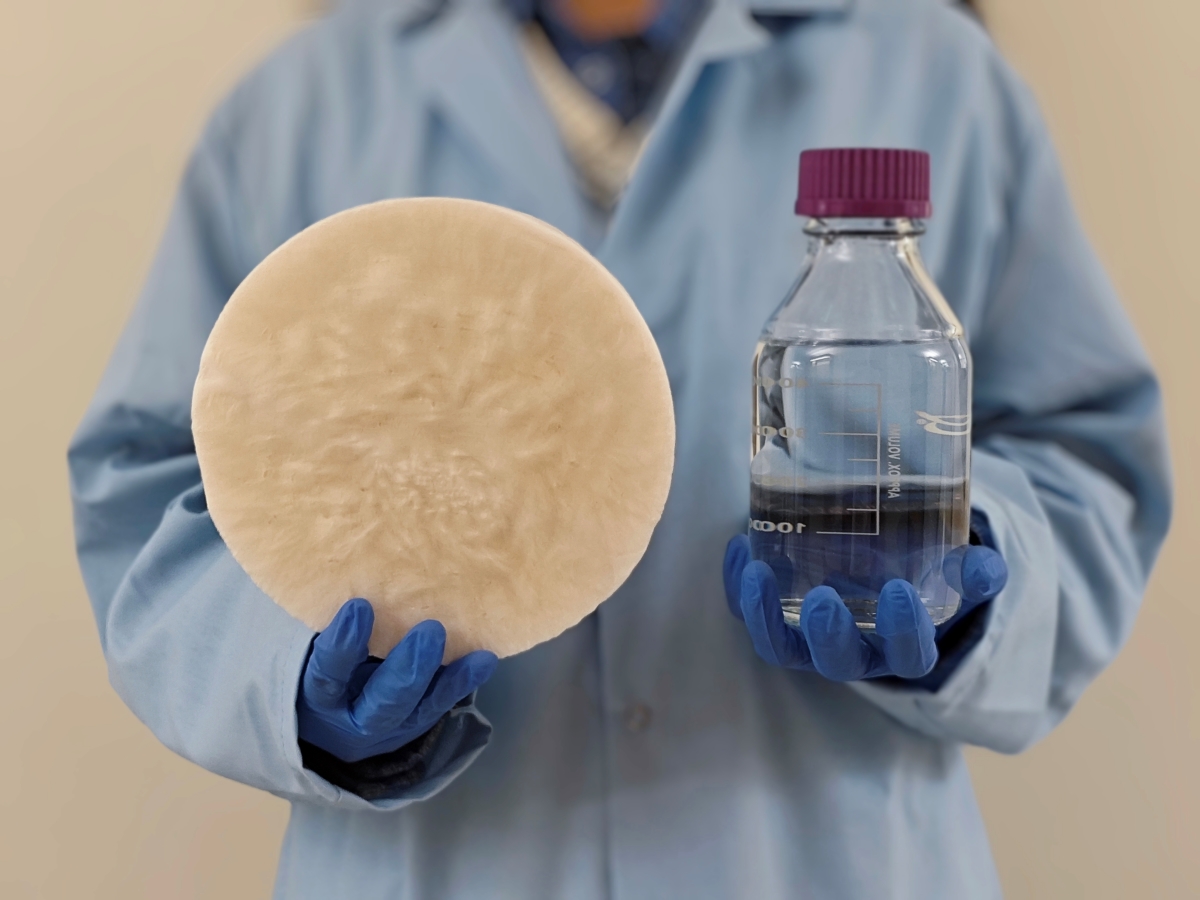2025-03-10 マサチューセッツ工科大学 (MIT)
<関連情報>
- https://news.mit.edu/2025/study-climate-change-will-reduce-number-satellites-safely-orbit-space-0310
- https://www.nature.com/articles/s41893-025-01512-0
温室効果ガスが地球低軌道の衛星搭載能力を低下させる Greenhouse gases reduce the satellite carrying capacity of low Earth orbit
William E. Parker,Matthew K. Brown & Richard Linares
Nature Sustainability Published:10 March 2025
DOI:https://doi.org/10.1038/s41893-025-01512-0

Abstract
Anthropogenic contributions of greenhouse gases in Earth’s atmosphere have been observed to cause cooling and contraction in the thermosphere, which is projected to continue for many decades. This contraction results in a secular reduction in atmospheric mass density where most satellites operate in low Earth orbit. Decreasing density reduces drag on debris objects and extends their lifetime in orbit, posing a persistent collision hazard to other satellites and risking the cascading generation of more debris. This work uses projected CO2 emissions from the shared socio-economic pathways to investigate the impact of greenhouse gas emissions on the satellite carrying capacity of low Earth orbit. The instantaneous Kessler capacity is introduced to compute the maximum number and optimal distribution of characteristic satellites that keep debris populations in stable equilibrium. Modelled CO2 emissions scenarios from years 2000–2100 indicate a potential 50–66% reduction in satellite carrying capacity between the altitudes of 200 and 1,000 km. Considering the recent, rapid expansion in the number of satellites in low Earth orbit, understanding environmental variability and its impact on sustainable operations is necessary to prevent over-exploitation of the region.



